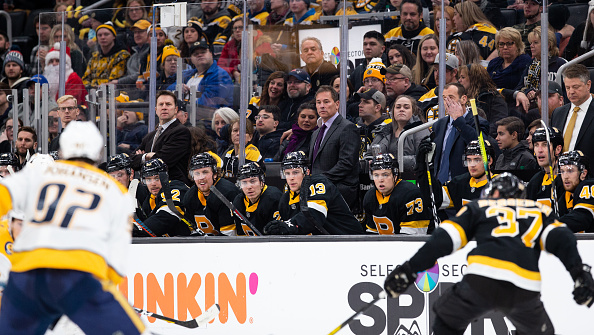After 24 years of planning and six years of development, the NHL finally announced that this season would see the introduction of trackable pucks as standard across all fixtures.
Out of the four major sports, ice hockey has yet to develop developed analytics into their game. But now, that is all changing.
The data is being tracked from all over the ice from inside the puck, between player’s shoulder pads, and even in sensors around the rink. David Lehanski, Senior Vice President of business development at the NHL, is hoping that it can improve fan engagement and drive revenue for the league.
It doesn’t help only those at the top, however. These newly created analytic strategies will help coaches, team managers, players, and fans understand the game like never before.
Here are the four main areas where big data could bring about the start of a whole new era for the National Hockey League according to a source at Betway Online.
Big Data and Its Effect on the NHL
Real-Time Performance Assessment
As one of the world’s fastest sports, the speed at which ice hockey is played makes it difficult to see the full picture of what’s going on at any given time. Big data provides players, managers, and coaches with an abundance of analytics information. It equates to some 2,000 data points per second across all tracking devices. So many of these analytics are streamed directly to managers and coaches during games. Information on puck speed, player possession, distance skated and other measures are all helpful.
Giving rink-side management access to this data in real-time allows them to have better control over players during the games. If someone looks like they’re flagging, coaches can check the data to see the extent to which they have overexerted themselves and substitute them if need be.
Compiling this data throughout an entire season can help with a multitude of things, including specific player and team gameplans. This might be further enhanced by the introduction of AI. Using bots to follow regularly-used plays will help AI algorithms learn how plays should work, and provide detailed information on how to make improvements if they ever go wrong.
Player Health And Fitness
Fitbits and wearable health devices are a huge business in the consumer market, but they’re just as valuable in sports, too. Trackable pucks can help coaches and teams make pivotal in-game decisions, while the sensors in the shoulder pads can help specifically with player health and accommodation.
The physical nature of the NHL makes these devices even more important, as 51 percent of players have missed at least one game due to injury. Using tech to stop players from overexerting themselves during training, or even anticipating injuries through machine learning, has the chance to make one of the most dangerous major sports in the world a whole lot safer.
Audience Engagement
Although the league is set to rake in a serious cash injection from a new network broadcast deal for its games, fans’ interest hasn’t quite extended to getting butts on seats at the hockey arenas themselves. Average attendance across the league has steadily declined over the last few seasons, but big data could stand to make going to the games a much bigger draw.
The NHL looks set to follow the NBL and MLB’s lead by feeding this data to audiences via an app, providing fans with a real-time guide as to what is happening on the rink. Having on-demand access to data on each player and play could be a godsend for a game where teams skate at an average of 20mph. This type of information could do wonders to keep fans interested and engaged.
This information can also help the league tailor to the fan’s needs. It will allow them to see specific fan interests, providing them with needed analytics for sponsorships and future accommodations.
Discovering New Talent
Each team plays 82 games per season in the NHL and, for such a high-energy sport, it can be near-impossible to focus on one player at a time. As a result, data analytics and tracking could be a godsend when it comes to transferring season, giving competing managers a much better idea of who the star player is in any given team – and help them to make offers accordingly.
This could trickle down to the minor leagues, as well. If the NHL can popularize this big data brand of analytics, it could help trickle down towards the lower end leagues (ie. AHL, QMJHL, etc.). Scouts could benefit immensely from this polarization of data. This democratization of big data will therefore not only help teams assess their star players but help them find future talent, too.
The infographic was taken from the Betway Insider.
Main photo: Embed from Getty Images



